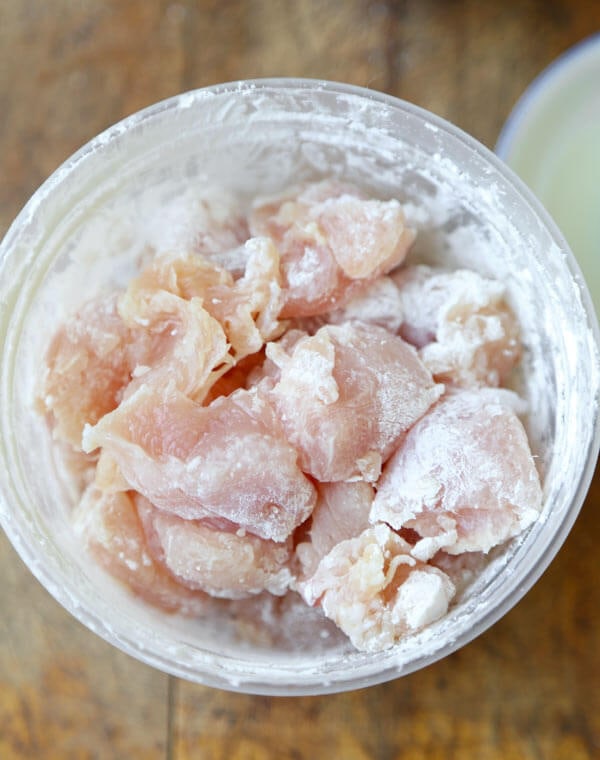If you happen to be one of the many selling your home this upcoming snowy season, Read the tips below... That 1 extra little thing may be just what's need to help your Buyer fall in love!
CC~
Studies Show You Can Sell In The Winter!!
More often than not, homes in the winter will sell for more money,” says Paul Stone, a Redfin real estate agent in Denver. “There’s less inventory to choose from.” He advises winter sellers to be flexible because it’s hard to predict how long a given home will take to sell and the number of showings could depend on the weather.
Redfin analyzed two years of sales, from 2011 to 2013, in a handful of large cities and found that homes listed in winter sold a week faster and closer to the asking price than those listed in other seasons. The analysis, which included traditionally cold cities like Chicago and Boston, showed homes were also more likely to sell within six months of appearing on the market.
Here are 13 tips to sell your home in winter:
Shovel snow off the driveway and walk. If you can’t keep up with the shoveling on your own,
hire a service. And make sure there are no patches of ice. It’s important that prospective buyers can get to your home safely.
Create a cozy feeling. When people step in out of the cold, grab them with the warmth of your home. Apple cider on the stove, fresh-baked cookies, soft music and a fire all contribute to an inviting atmosphere.
Use tasteful holiday décor. If your home looks like a Christmas card, it will help convey the warm feeling of a Hallmark commercial. “The houses that are all dressed up for Christmas … they show beautifully,” Shanahan says.
Clean gutters, and make sure there are no places ice dams can develop. You want to demonstrate to a prospective buyer that you are meticulous about maintenance and that spring won’t uncover surprise issues that require repairs.
Bring in the light. During the day, that means opening curtains and turning on lights inside. In the evening, you may need to turn on all the lights – inside and outside – to give your home a welcoming feel.
Get trees and shrubs trimmed. While the winter landscape is not as inviting as the summer landscape, you want to keep your yard and the flower beds, trees and shrubs that surround it clean-looking.
Put evergreen plants in pots around the door. A touch of green goes a long way on a gloomy day. Ask your local nursery which plants would do best in your winter climate.
Paint the front and garage doors. A layer of paint on doors and trim, if needed, can make the house look clean and neat. Even in winter, curb appeal matters.
Make sure the path to the lockbox is clear. If you are using a lockbox for
real estate agents to enter your home, make sure they can get to it without tromping through the snow.
Take pictures on a nice day. Most buyers start their home search on the Internet, which makes the photos a key tool for selling your home. Be prepared to wait for better weather to get better photos. “A beautiful, sunny day with nice, clean snow makes it attractive,” Shanahan says.
Price your home right. If you overprice your home, agents and buyers are likely to assume you’re not serious or unrealistic and won’t even bother to look at it. Yes, you can always lower the price later, but the longer the home stays on the market, the more people are going to think something is wrong with it.
Offer information about systems that can’t be inspected. If the roof is covered by snow, an inspector may not be able to get a good look at it. Offer prospective buyers information about when the roof was installed and any previous inspections. Offer to put money in escrow for repairs that can’t be completed in winter.
Be prepared for weather delays. Snowstorms can delay inspections or even the transmission of documents if the people involved can’t get to work. But, Shanahan, says, the rise of electronic transactions has cut down the amount of driving required to close a deal.


















